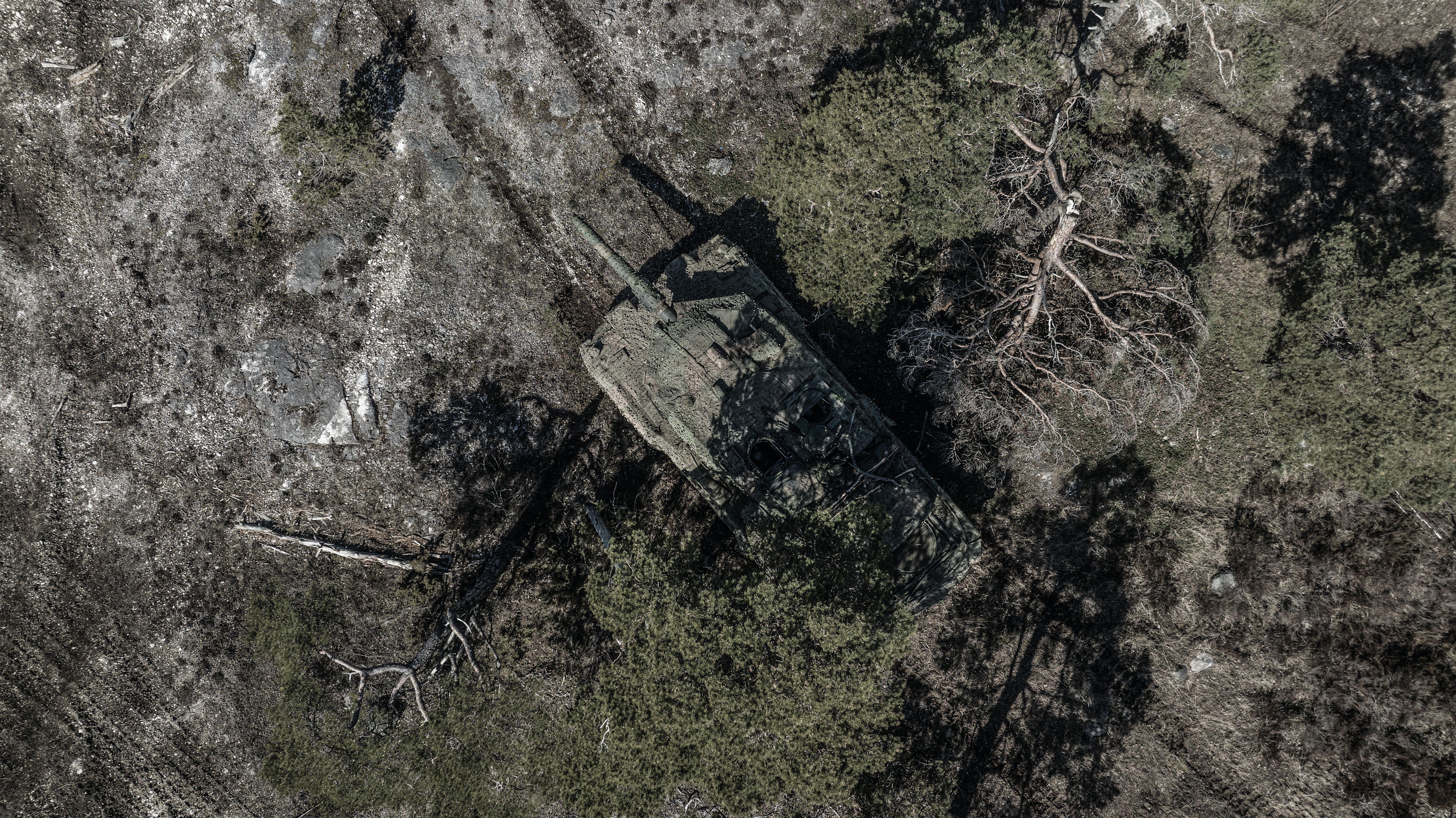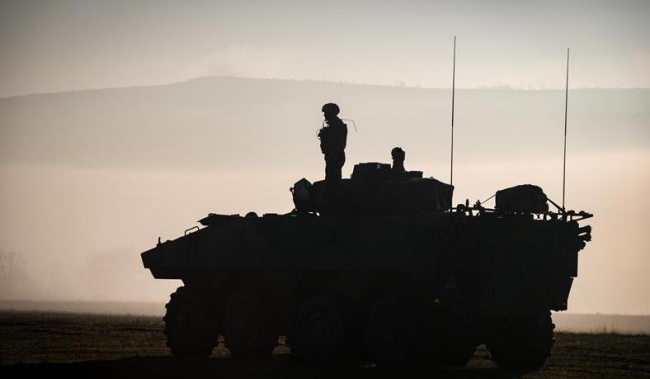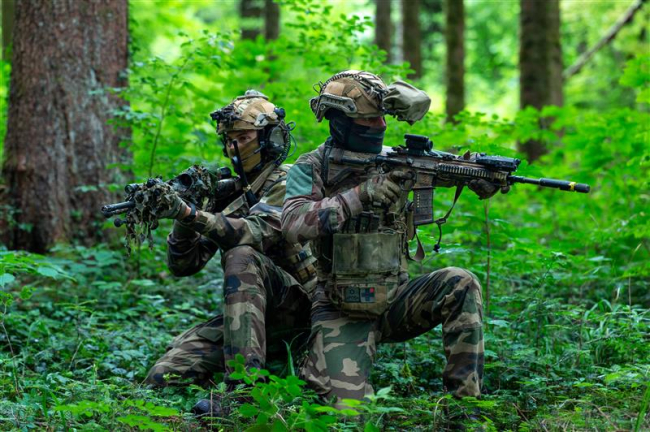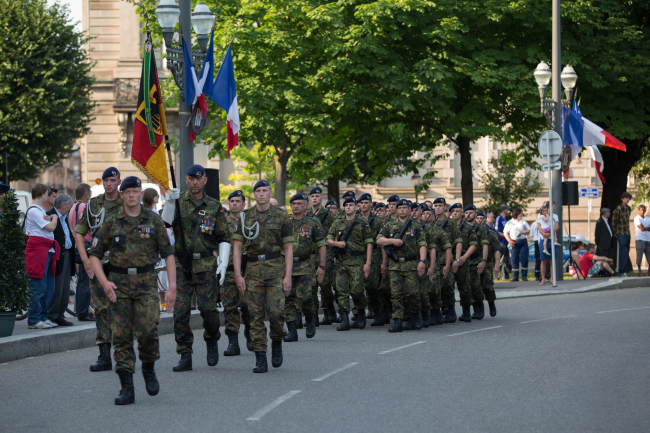“At the Other Side of the Hill”: The Benefits and False Promises of Battlefield Transparency

Recent conflicts have highlighted a key characteristic of contemporary warfare, unprecedented in its scale and impact on the conduct of operations: “battlefield transparency”.

Transparency is defined as the ability to acquire and exploit geolocated, near-real-time awareness of a given operational environment thanks to a connectivity architecture linking networks of heterogeneous and redundant sensors, mass data processing systems, and effectors.
However, the visual clarity guaranteed by technology does not automatically lead to the cognitive clarity that is required to understand an opponent’s intentions, or even to predict their actions. This study espouses a reasoned approach to transparency that reflects the permanent dialectic between transparency and opacity, between knowledge and ignorance. In that regard, transparency must be seen as the fruit of a fight for information superiority. It is primarily a potentiality that needs to be won, protected, or denied in the same way as superiority in any of the physical domains.
The search for knowledge has always been one of the fundamental needs of the military leader. This quest has benefited from the evolution of technology, gradually guaranteeing the tactical leader an increased visibility of his operational environment. At the beginning of the twenty-first century, the digital revolution opened a new chapter in military history, promising to fulfill a long-held ambition of piercing through the fog of war. While it held out the promise of a new art of war that would consign the old principles and procedures to oblivion, this unprecedented transparency also generated its own illusions: perfection of knowledge, instantaneous decisiveness of effects, end of friction... Put in its rightful place, transparency appears to be the expected result of a capability model designed for data based on a connectivity network organized to collect, fuse, store, and disseminate this very data.
As it drastically enhances lethality on the land battlefield, as it puts an end to the safety of the rear, as it questions the very principles of stealth in every domain, of concealment, of concentration of forces, then of tactical surprise, transparency challenges several established principles of combat.
It drastically weighs on the character of future conflict due to the way it affects command and control processes, torn between the demand for hyperconnectivity and the need to disappear from the electromagnetic field, but also by the new relationship it creates with information and decision-making, affected by the tyranny of immediacy and shared access to permanent, near-real-time information.
However, the transparency of the contemporary battlefield is neither homogeneous nor proven across all domains. Given their disparity and their specific resistance to detection, referring to “transparencies” in the plural would be more apt, as it would consider the specific characteristics of each warfighting domain.
The exponential progress in intelligence, surveillance, and reconnaissance (ISR) capabilities, expressed in technological fields as varied as drones, radar, or satellites, allows for permanency of observation and surveillance. The performance, permanency, and pervasiveness of sensors of all kinds, coupled with new trends such as the increasing recourse to open-source intelligence (OSINT), give the impression that battlefield transparency has become a permanent and inescapable feature of war. Rampant technological innovation is also affecting data analysis, which is essentially a cognitive process, thanks to the development of artificial intelligence (AI).
However, technological progress does not only enhance transparency, but it also leads to the development of means of creating opacity, through three families of technological capabilities: concealment, transformation, and sensor disruption. Similarly, new technological possibilities for information manipulation can undermine progress in data fusion. In such a technology-driven dialectic, transparency gets a premium in the physical field, but opacity comes first in the cognitive field.
In the future, the balance between transparency and opacity will remain inconsistent and will fundamentally depend on how much the main military powers are willing to invest and on technological breakthroughs. Despite its advantages, transparency will remain limited by human errors in interpretation, as well as adversary concealment or deception. Above all, its cost will be a decisive factor that could hinder a whole force model, making its user a mere spectator of the battlefield.
Three main approaches stand out for rethinking maneuver in the light of this new reality of the battlefield. The first challenge is to survive even before maneuvering and fighting. Recreating a form of opacity thus means finding ways to evade detection by re-embracing tactical fundamentals: concealment, discretion, and dispersion, while focusing on protection, mobility, and jamming.
The second approach aims to achieve information superiority, which requires the French armed forces to overcome the challenges of Multi-Domain Operations (MDO), to adapt their intelligence processes to hyperconnectivity without restricting enhanced awareness to a kinetic approach, and eventually to catch up in the drone segment.
Lastly, fighting in an increasingly transparent battlefield requires rethinking surprise by imagining new forms of maneuver. Whatever form it would take, maneuver could rely on creating “corridors of opacity”, space-time frames that would optimize the effects that contribute to blinding an adversary, which could then be exploited by a maneuver focusing on saturation and speed.
This new tactical and operational reality entails many strategic challenges across the full spectrum of conflict.
In the field of confrontation, easier access to information brings with it the risk of escalation because of an enhanced temptation to resort to preemptive strikes.
In the realm of “contestation”, the so-called hybrid warfare that rages below the threshold of armed conflict offers good value for money for states willing to challenge the international status quo, as opacity is prevailing over transparency in this field.
Lastly, non-state adversaries can bypass the comparative advantages of state armed forces in terms of transparency, notably by exploiting opaque environments and by turning the democratization of transparency to their advantage.

Available in:
Regions and themes
ISBN / ISSN
Share
Download the full analysis
This page contains only a summary of our work. If you would like to have access to all the information from our research on the subject, you can download the full version in PDF format.
“At the Other Side of the Hill”: The Benefits and False Promises of Battlefield Transparency
Related centers and programs
Discover our other research centers and programsFind out more
Discover all our analysesThe Franco-German Brigade and the Revival of European Defense
One thing has been clear since Donald Trump's return to the White House: the very existence of the European unification project is threatened. Unless it develops a sovereign defense policy to counter the war in Ukraine and the weakening of American security guarantees, the European Union will continue to see its internal cohesion and external attractiveness wane.
Taking the Pulse: Can Europeans Build Their Independent Extended Nuclear Deterrent?
Confronted with a U.S. disengagement and the Russian threat, Europeans are reconsidering their stance on nuclear deterrence. Given the capabilities of the French and British arsenals, can Europe develop an independent nuclear deterrent?

RAMSES 2024. A World to Be Remade
For its 42nd edition, RAMSES 2024 identifies three major challenges for 2024.
A Transatlantic Defense Industrial Base? Two Contrasting Views
The evolving landscape of global defense cooperation has brought the transatlantic relationship between the United States (US) and Europe into sharp focus. As geopolitical tensions rise and the threat environment becomes more complex, the question of how Europe can best ensure its security while navigating its relationship with the United States has become paramount. This double feature report offers two contrasting views on the dynamics of US-Europe defense industrial relations, highlighting the challenges and opportunities that lie ahead for both parties.












